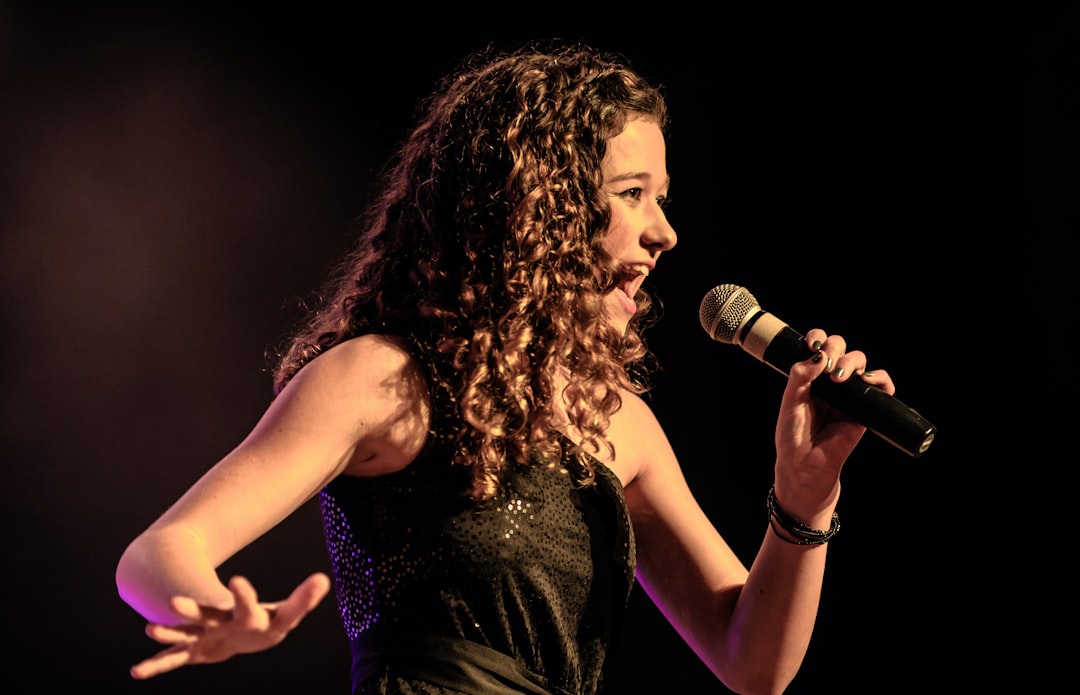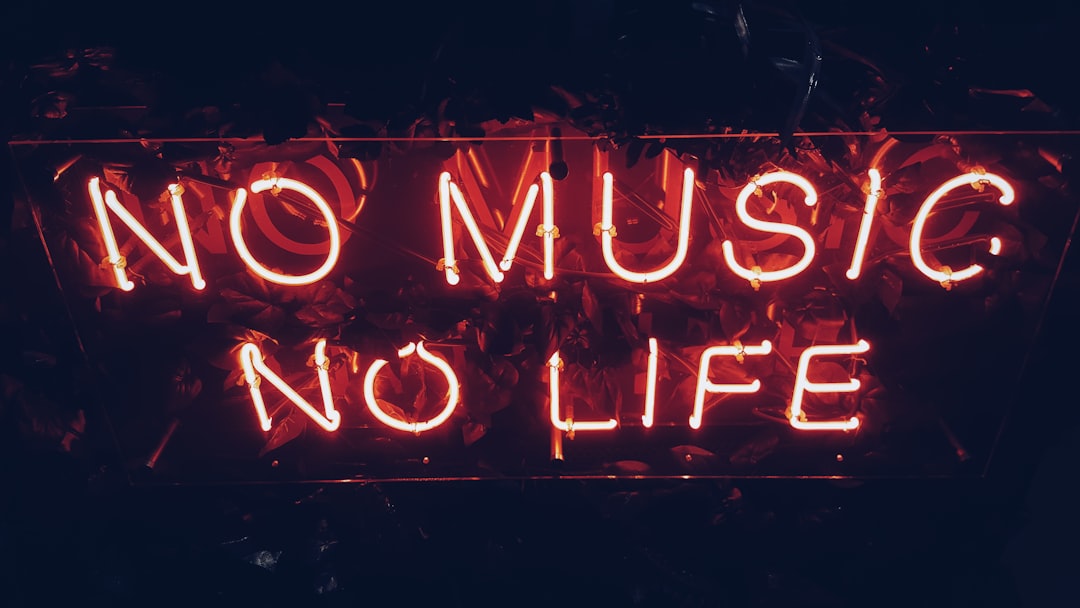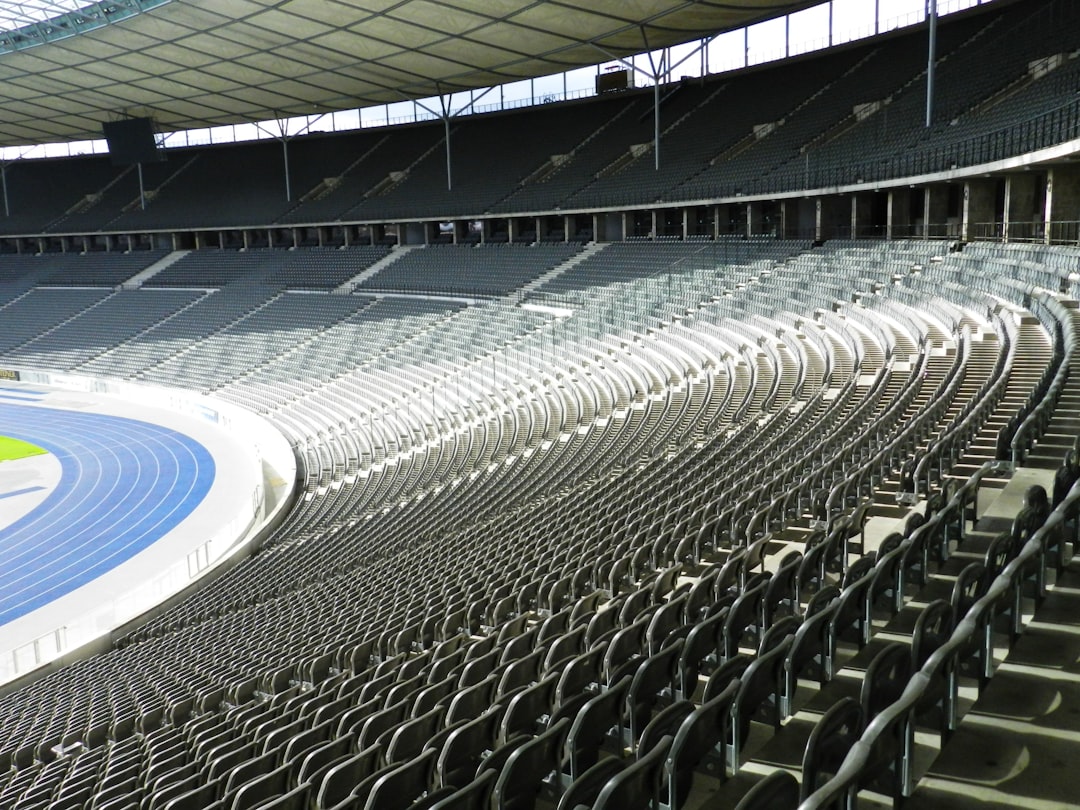What is it about?
Contemporary dance is constantly evolving. Its landscape has transformed and developed significantly over the past thirty years, slowly shifting from a repertoire company scene to a diverse freelance environment. In this idiosyncratic milieu, the breadth of skills dancers need to master is constantly becoming more complex. Given that emerging contemporary dancers will be encountering the new reality of an increasingly heterogeneous freelance environment, how should training institutions best prepare students for this paradigm shift? To address this challenge, I began developing ‘The Porous Body’, a structure of feeling which promotes the practice of heightened physical and mental malleability by following four fundamental guiding principles: flow, playfulness, metaphor, and paradox. Sourcing from my own performative, choreographic and pedagogical practices, and the work of dance artists, movement practitioners, philosophers, and psychologists from the twentieth and twenty-first centuries, I will formulate this method while sharing anecdotal feedback collected from dancers with whom I have recently experimented with this concept of physical and mental malleability.
Featured Image

Photo by Ahmad Odeh on Unsplash
Read the Original
This page is a summary of: The Porous Body: Cultivating malleability in traditional dance training, Journal of Dance & Somatic Practices, June 2018, Intellect,
DOI: 10.1386/jdsp.10.1.65_1.
You can read the full text:
Contributors
The following have contributed to this page










